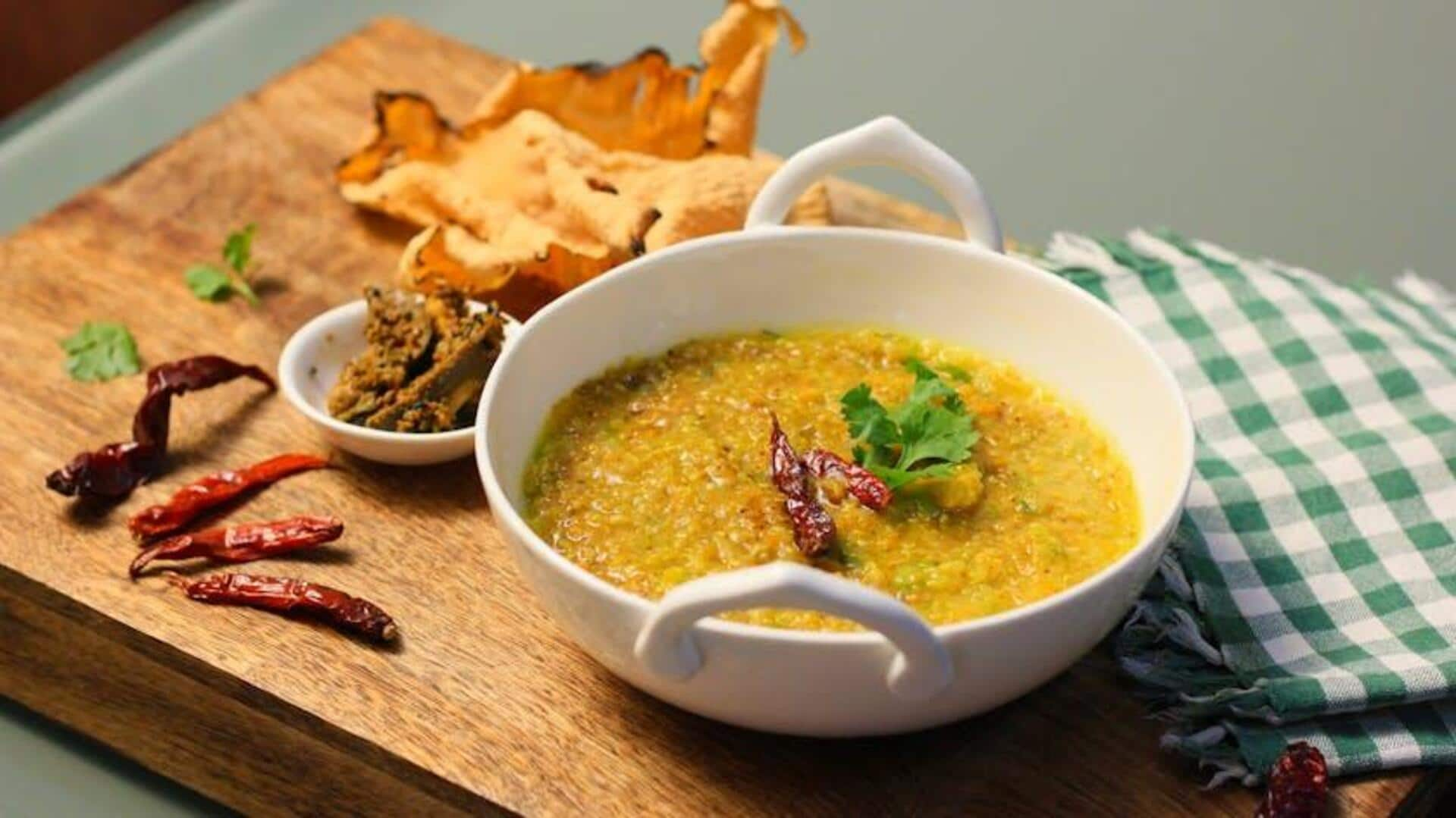
Evolution of khichdi: A timeless comfort dish
What's the story
Khichdi, a simple yet nourishing dish, has been an Indian household staple for centuries. Famous for its comforting qualities, it is made from rice and lentils primarily. Its origins date back to ancient India where it was referenced in texts as a wholesome meal. Over the ages, khichdi has evolved with regional variations and adaptations that mirror India's diverse culinary landscape.
#1
Ancient roots and historical mentions
Khichdi's history goes back to ancient times when it was first recorded in Sanskrit texts. It was deemed the perfect meal, thanks to its balanced nutrition. The simplicity of its ingredients made it an all-class dish. Historical records indicate that khichdi was also favored by travelers and soldiers due to its easy preparation and sustenance value.
#2
Regional variations across India
As khichdi travelled across the length and breadth of India, every region gave its own twist to the dish. In Gujarat, it's sometimes sweetened with jaggery, while in Bengal, vegetables are thrown in for an extra flavor. In South India, coconut milk could be used for a richer taste. These regional variations show khichdi's adaptability without losing its essence as a comfort food.
#3
Nutritional value and health benefits
Along with its taste, khichdi is also celebrated for its health benefits. The mixture of rice and lentils provides the essential proteins and carbohydrates needed for energy and growth. It's also easy on the digestive system, which makes it an ideal dish for people recovering from illness or those on a restricted diet. Its versatility makes it adaptable per dietary requirements without losing nutrition value.
Tip 1
Modern adaptations in contemporary cuisine
Recently, chefs have redefined khichdi by adding a modern twist with ingredients like quinoa or millet in place of basmati rice or lentils like moong dal or masoor dal. These adaptations serve modern palates while maintaining the essence of the dish's comfort. Khichdi continues to evolve with chefs playing with flavors and textures while paying tribute to its legacy as a beloved comfort food for generations.